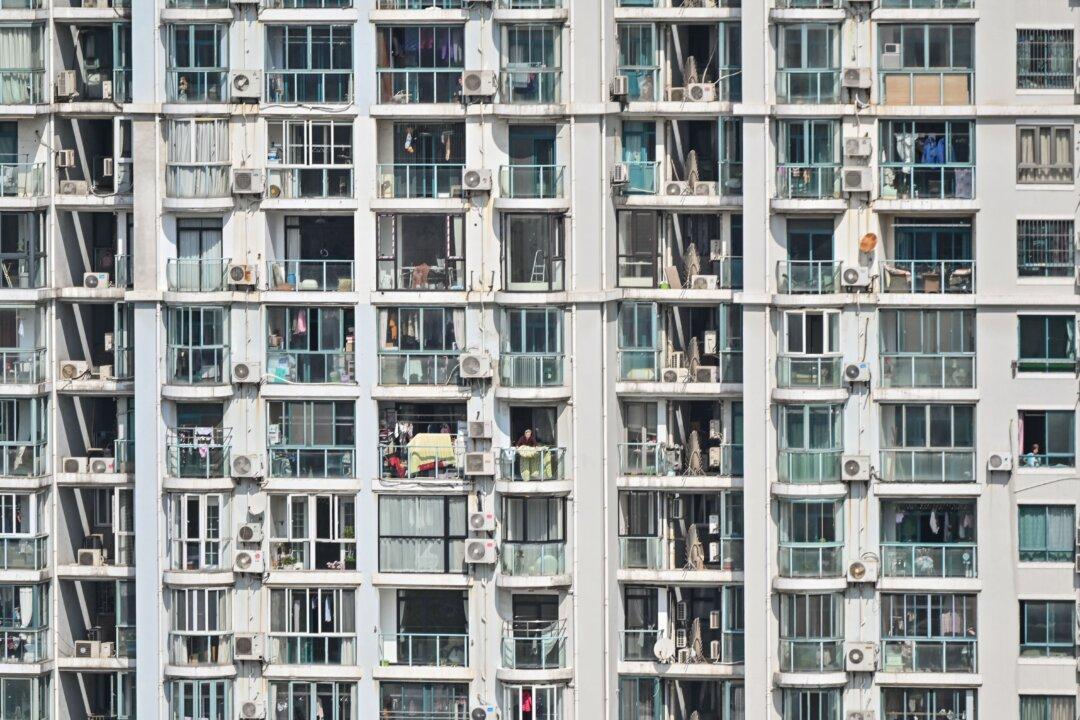Commentary
China’s “new civil war”—with Xi Jinping’s ultra-Maoists pitted against the “moderates” of the Chinese Communist Party (CCP) and the free-wheeling private sector—accelerated with Xi’s lockdown of Shanghai beginning in March.

China’s “new civil war”—with Xi Jinping’s ultra-Maoists pitted against the “moderates” of the Chinese Communist Party (CCP) and the free-wheeling private sector—accelerated with Xi’s lockdown of Shanghai beginning in March.